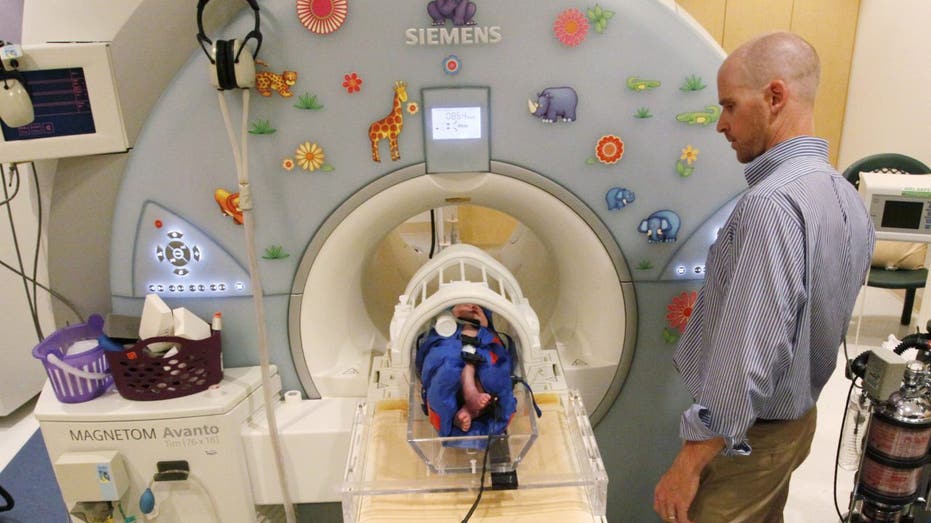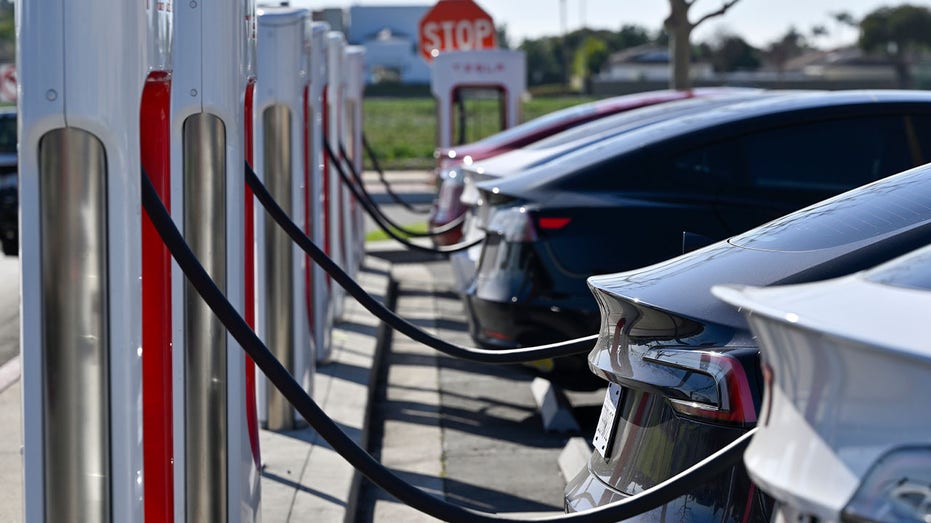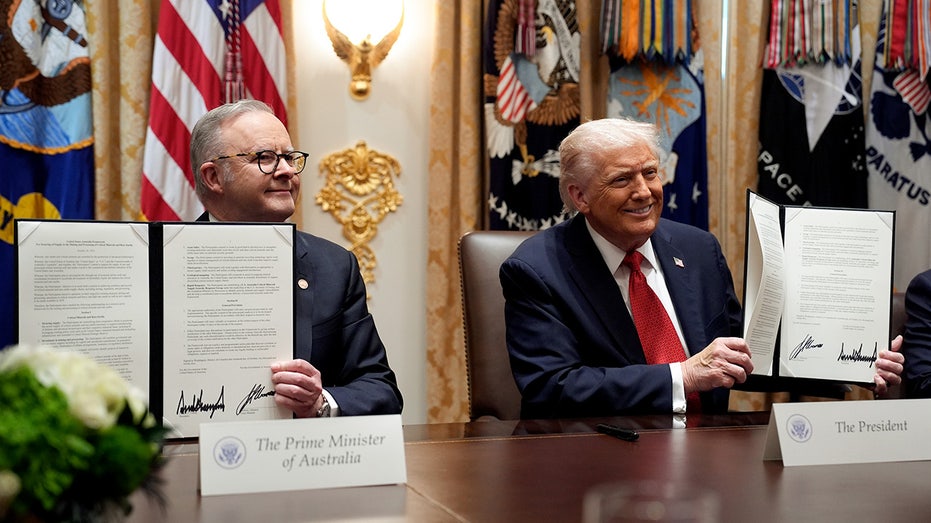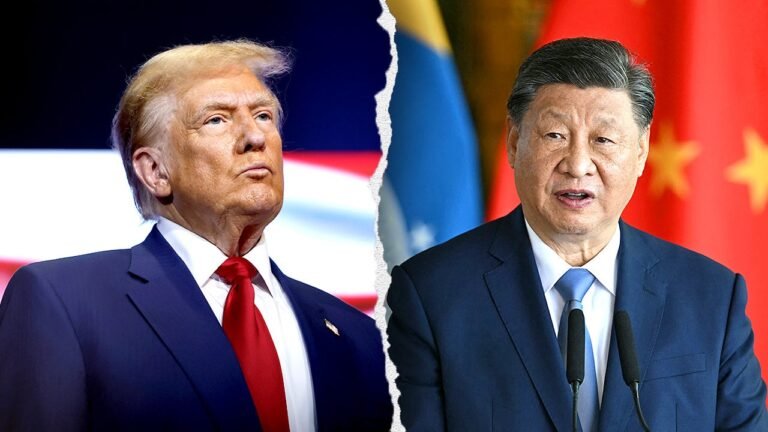Aclara Resources CEO Ramón Barúa Costa addresses how his company is joining the U.S.’ push for rare earth independence from China on ‘The Claman Countdown.’
Call it The Art of the Rare Earth Deal. President Trump has embarked on bold new rare earths diplomacy to reduce China’s global dominance in the rare earth’s supply chain needed to power industries worldwide. And to do it, Trump is moving to strike rare-earth gold in a new global mineral blitz to outflank Beijing, with new deals from Asia to Australia.
Rare earths are the foundation materials for much of modern technology and defense systems. Without these elements, production of EVs, iPhones, F-35 fighter jets, and even MRI machines would stall.
The Arleigh Burke-class guided-missile destroyer USS Barry launches a Tomahawk cruise missile from the ships bow. Barry is currently supporting Joint Task Force Odyssey Dawn. (U.S. Navy photo by Lt.j.g. Monika Hess / DVIDS)
For defense, they’re used for precision-guided missiles, radar, jet engines, radar, satellites, drones and night-vision systems. For consumers, smartphones, flat-screens, hard drives, lasers.
TRUMP, JAPAN SIGN BLOCKBUSTER RARE EARTH MINERALS DEAL

Michael Grabinski, two weeks old is slid into a MRI machine Dr. David Brumbaugh at The Children’s Hospital in Aurora, Colorado August 23, 2010 during a research study on obesity in infants. The overall theme of the study is to understand the continuu (REUTERS/Rick Wilking UNITED STATES / Reuters)
For the medical sector and factories, they’re needed for MRI contrast agents and catalytic converters. For clean energy, they’re needed for electric-vehicle motors, wind-turbine magnets.
Each EV motor needs about 1 kg of neodymium magnets.

Drivers charge their Teslas in Fountain Valley, CA, on Wednesday, March 20, 2024. (Jeff Gritchen/MediaNews Group/Orange County Register via Getty Images / Getty Images)
China currently controls 60–70% of rare-earth mining and over 85–90% of global refining capacity. This gives Beijing massive leverage over supply chains, especially since refining rare earths involves toxic waste and complex chemistry that many countries outsourced to China decades ago.
But China has threatened and implemented tighter export controls on rare-earth elements and related materials, using them as leverage in trade and geopolitical negotiations.
Because these minerals are so critical, export controls or bans (like China’s in 2025) can cripple industries in the U.S., Japan, or Europe.
So what did President Trump and his team do? At least four major deals with Australia, Japan, plus in Southeast Asia. Plus President Trump is getting the EU, and allies to diversify their rare earth supply chains with Australia, Canada, and Southeast Asia.

US President Donald Trump, right, and Anthony Albanese, Australia’s prime minister, during a meeting in the Cabinet Room of the White House in Washington, DC, US, on Monday, Oct. 20, 2025. Trump says the AUKUS pact between the US, Australia and the U (Yuri Gripas/Abaca/Bloomberg via Getty Images / Getty Images)
Just this month, President Trump signed a deal with Australia and Prime Minister Anthony Albanese for critical minerals and rare-earth supply chains, committing at least $1 billion each in projects worth about $8.5 billion. He also struck a U.S.–Japan rare-earths minerals partnership with Prime Minister Sanae Takaichi.
GET FOX BUSINESS ON THE GO BY CLICKING HERE
And the President just signed broader trade and critical-minerals deals with Southeast Asian nations Thailand, Malaysia, Cambodia, and Vietnam. Plus there are new extraction projects in Texas, Canada, and Africa. Plus the EU’s Critical Raw Materials Act and U.S. Defense Production Act are funding domestic processing.




